Wire Working Basics
Since we all have to start somewhere, today I thought I would start at the beginning...the beginning of tools. For those just getting started in the art of wire-wrapping, etc, I know it can be overwhelming. It's nice to have a few simple "basics" to refer to. So, today we are talking about "wire-working" tool basics along with some helpful hints.
The basic tools that you need to get started making wire jewelry are easy to find. In general, it is always better to buy the best wire working tools that you can afford. Quality tools will be easier on your hands and will last longer. And tools that feel better in your hands when you're working with them will make your time spent making wire jewelry more enjoyable!.
Instructions
Basic Tool Types and Purposes:
Basic Tools for Making Wire Jewelry Findings:
If you want to make your own wire jewelry findings (and why not?) you'll need a few additional tools.
Wire Hammer A nylon wire hammer is very useful for flattening wire without marring the surface. Hammering your finished wire components is also a good way to work-harden them and prevent them from losing their shape.
Small Anvil or Steel Bench Block These tools provide a firm surface for hammering and work-hardening your wire jewelry findings and components. You can also find bench blocks made of nylon and with a rubber base for absorbing shock and noise.
Mandrels A mandrel is used for making consistent, evenly-sized loops in your wire that you can nip off into perfect jump rings. If you don't want to purchase a wire jewelry making mandrel, you can just use a smooth knitting needle, pencil, or wooden dowel.
Wire Basics
Wire Gauge
Wire comes in different gauges, or thicknesses, which are noted as numbers.
When figuring out wire thickness, a smaller number is assigned to a thicker wire.
A 16 gauge wire will be much thicker than a 28 gauge wire.
When figuring out wire thickness, a smaller number is assigned to a thicker wire.
A 16 gauge wire will be much thicker than a 28 gauge wire.
Wire Hardness
Wire also comes in different hardness.
This refers to the ease with which the wire can be shaped and its ability to retain this shape under stress.
A dead-soft wire is easily bent with your fingers and can be manipulated after shaping.
A full-hard wire usually requires the help of jewelry making pliers and will retain its shape under stress. You can always work-harden your wire components and findings by tumbling them after you've finished them.
This refers to the ease with which the wire can be shaped and its ability to retain this shape under stress.
Wire Shape
Wire comes in three basic shapes: round, half-round and square.
You can tell which shape of wire you are using by looking at a cross-section of wire.
A round wire will look like a circle. Half-round will resemble a half moon.
And square wire will resemble a square.
You can also find twisted wire that has lovely little grooves worked into it as well as patterned wire with floral and geometric patterns.
You can tell which shape of wire you are using by looking at a cross-section of wire.
A round wire will look like a circle. Half-round will resemble a half moon.
And square wire will resemble a square.
You can also find twisted wire that has lovely little grooves worked into it as well as patterned wire with floral and geometric patterns.
7 Helpful Hints for Working with Wire
1. Practice on craft wire. Perfect your wire jewelry-making techniques and skills by using low-cost aluminum or brass craft wire. Craft wire comes in a wide variety of colors and sizes and costs much less than precious metal wire.
2. Choose box joint pliers. Box joints maintain the alignment of the pliers’ jaws, even under stress.
3. Work directly from the spool. When using precious metal wire (after you’ve practiced on craft wire), work right off the spool of wire to avoid wasting any.
4. Protect your eyes. When snipping wire, hold your non-dominant hand over the blades to keep small pieces from flying toward your face.
5. Keep that sterling silver wire shining! Silver tarnishes from humidity in the air. To help keep your silver from tarnishing, keep your wire in plastic bags and add a small silica/desiccant package that often comes with new shoes and handbags.
6. Prevent nicks in your wire jewelry findings. To prevent nicks and mars on your wire, cover your metal-jawed pliers with bandage tape or dip them into a protective liquid plastic.
7. Use the right tool for the job. Don’t use your regular wire cutters for cutting memory wire. Because memory wire is so hard, you’ll want to invest in a pair of special heavy-weight cutters just for your memory wire projects.
2. Choose box joint pliers. Box joints maintain the alignment of the pliers’ jaws, even under stress.
3. Work directly from the spool. When using precious metal wire (after you’ve practiced on craft wire), work right off the spool of wire to avoid wasting any.
4. Protect your eyes. When snipping wire, hold your non-dominant hand over the blades to keep small pieces from flying toward your face.
5. Keep that sterling silver wire shining! Silver tarnishes from humidity in the air. To help keep your silver from tarnishing, keep your wire in plastic bags and add a small silica/desiccant package that often comes with new shoes and handbags.
6. Prevent nicks in your wire jewelry findings. To prevent nicks and mars on your wire, cover your metal-jawed pliers with bandage tape or dip them into a protective liquid plastic.
7. Use the right tool for the job. Don’t use your regular wire cutters for cutting memory wire. Because memory wire is so hard, you’ll want to invest in a pair of special heavy-weight cutters just for your memory wire projects.
Now that you have the basics, are you ready to get started? You can find a complete “Ultimate Tool List” in our Resource Center. Many of the tools we talked about are listed here.
Materials

Silver Plated Copper Craft Wire

Enameled Craft Wire

Base Metal Wire
Tools

Basic tool kits

Wire Cutter Selection

Selection of Pliers

Selection of Anvils and Blocks

Selection of Hammers

Selection of Mandrels

Safety Glasses
G21-1
- G21-1
- Lesson Quantity: 1.00 pieces
- Purchase Quantity: 1.00 each
- Price: $2.97
- Gold Club Price: $2.23

Kumihimo bobbins
- Lesson Quantity: 1.00 pieces
- Purchase Quantity: 1.00 each
- Category: Tools
- Technique(s): Wrapping, Weaving








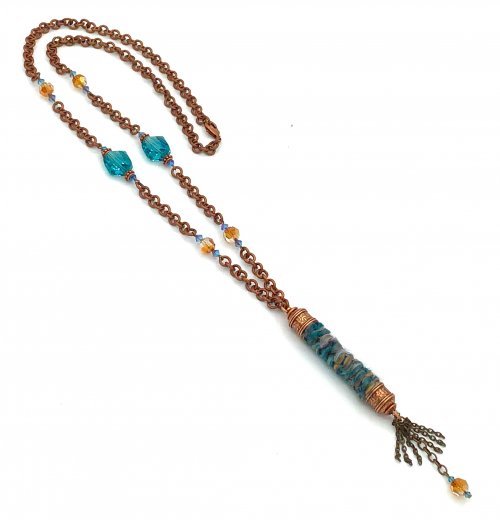
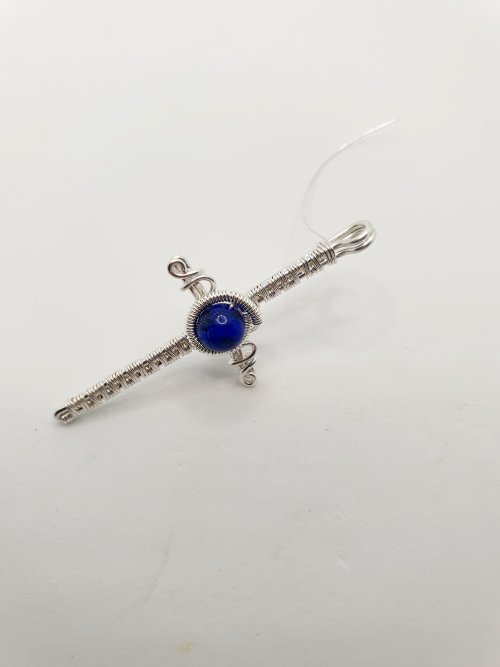
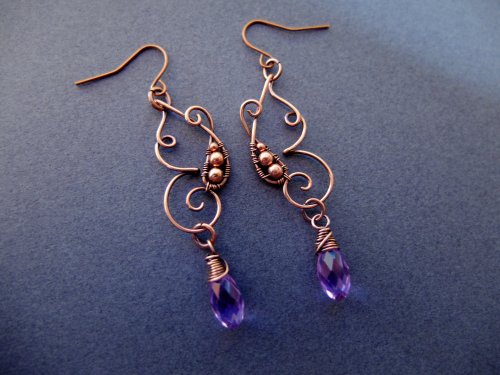

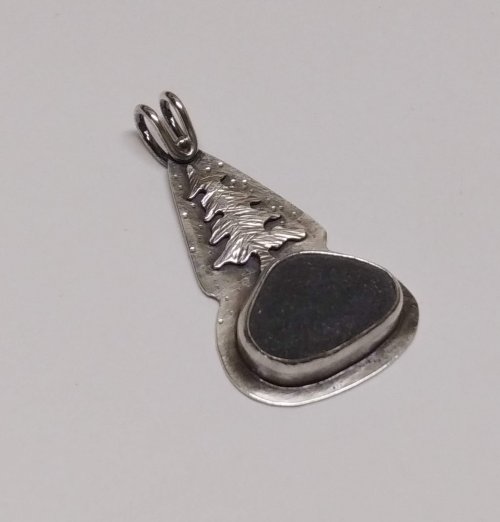
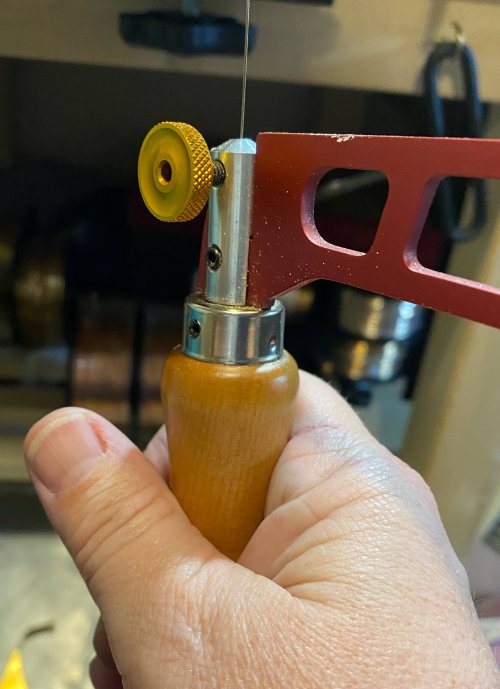
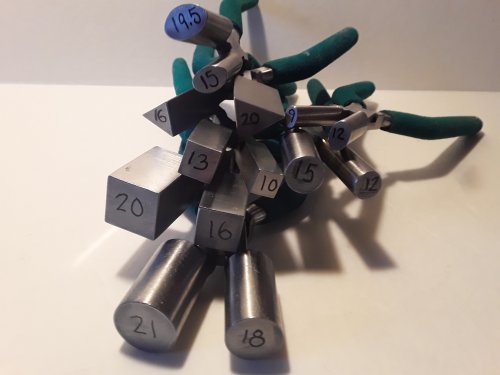
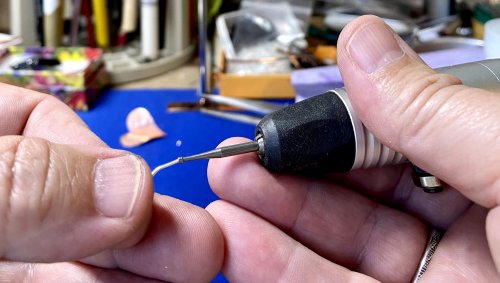
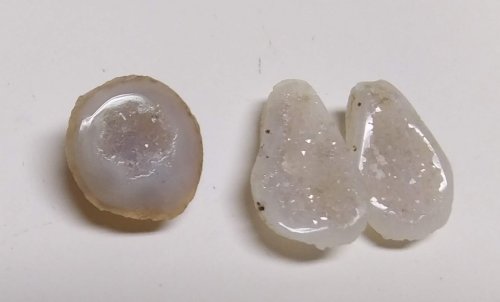




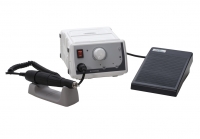 You Will Never Use a Flex Shaft Again
You Will Never Use a Flex Shaft Again
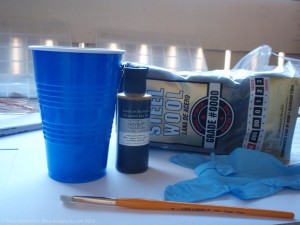 How to Use Liver of Sulfur
How to Use Liver of Sulfur
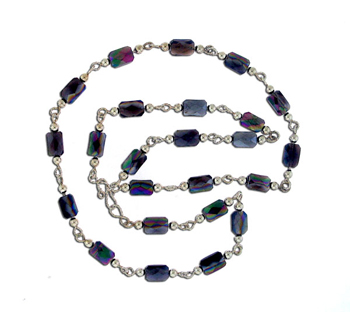 Beading Wire
Beading Wire
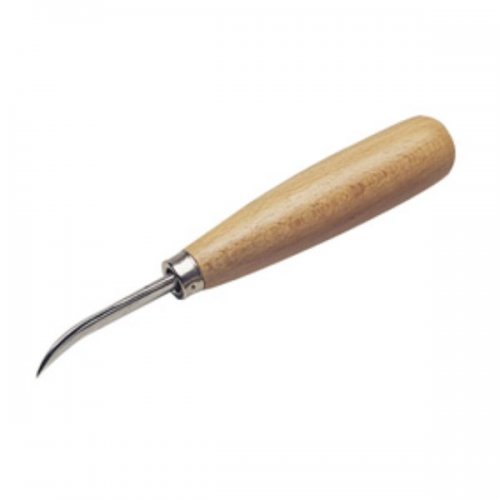 Stone Setting and Burnishers Wire Jewelry Tool Tip
Stone Setting and Burnishers Wire Jewelry Tool Tip
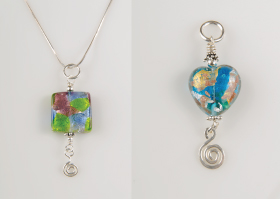 Handmade Venetian Glass Beads
Handmade Venetian Glass Beads
 Basic Wire Wrapping Formulas
Basic Wire Wrapping Formulas
 Featured Tool - Small Benchtop Drill Press
Featured Tool - Small Benchtop Drill Press
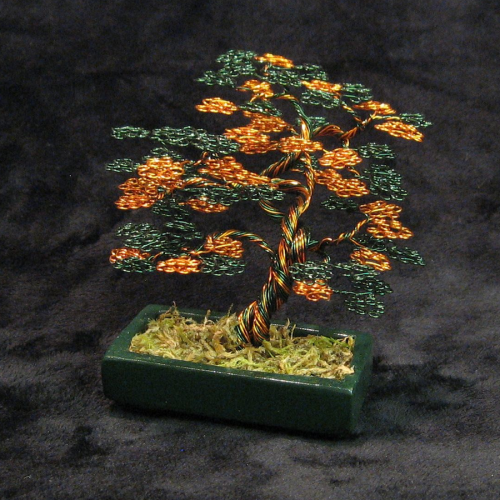 Colored Craft Wire Creations
Colored Craft Wire Creations
 Creating with Handmade Venetian Glass Beads
Creating with Handmade Venetian Glass Beads
 Crystal Skulls Mysterious and Beautiful
Crystal Skulls Mysterious and Beautiful
 Crystal Skulls are Skyrocketing
Crystal Skulls are Skyrocketing
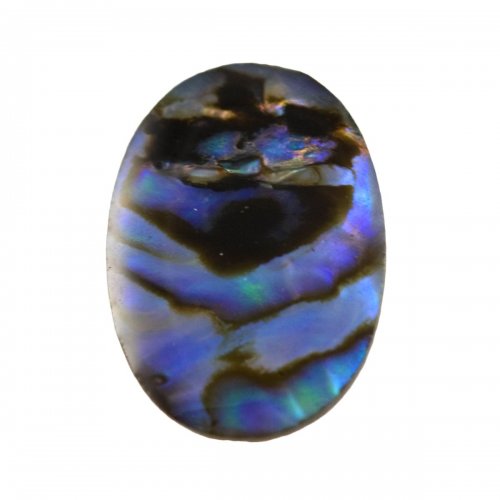 What are Abalone and Paua Shells
What are Abalone and Paua Shells
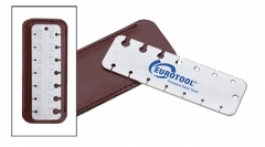 Finding Draw Plate Gauge
Finding Draw Plate Gauge
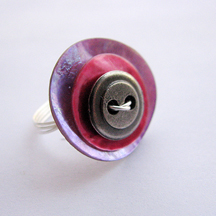 Button Wire Jewelry Ideas
Button Wire Jewelry Ideas
 Copyright and Wire Jewelry Designs
Copyright and Wire Jewelry Designs
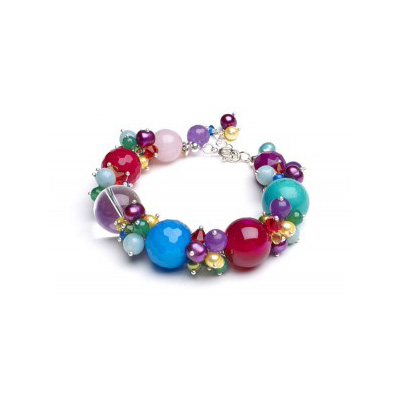 Designing Bold Summer Bracelets
Designing Bold Summer Bracelets
 Dual Size Round Nose Pliers
Dual Size Round Nose Pliers
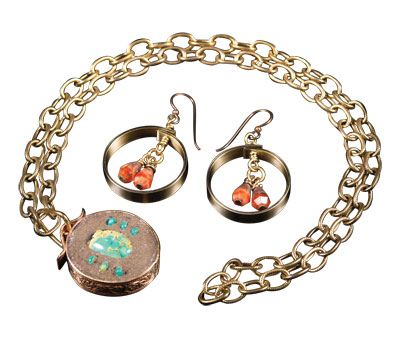 EnCapture Artisan Concrete and Open Back Bezels
EnCapture Artisan Concrete and Open Back Bezels
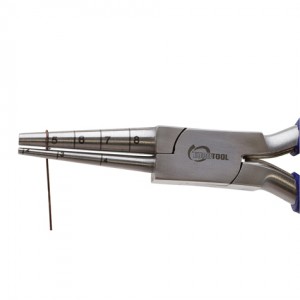 Featured Tool - AccuLoop Precision Pliers
Featured Tool - AccuLoop Precision Pliers
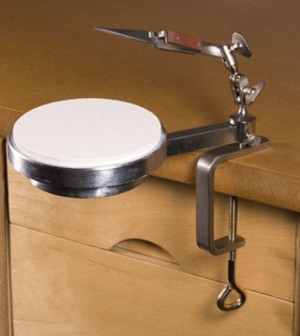 Featured Tool - Heetrix Soldering Platform
Featured Tool - Heetrix Soldering Platform
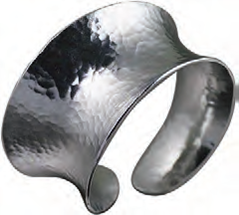 Featured Tool- Miland Pliers
Featured Tool- Miland Pliers
 Featured Tool - C.H.P Milano Italian Flush Cutters
Featured Tool - C.H.P Milano Italian Flush Cutters
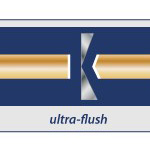 Featured tool - Wire Cutters for every work bench
Featured tool - Wire Cutters for every work bench
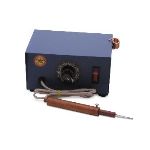 Featured Tool - Wax Casting Supplies
Featured Tool - Wax Casting Supplies
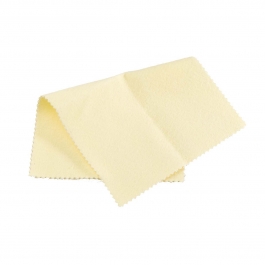 Helping your Silver Jewelry Survive the Summer
Helping your Silver Jewelry Survive the Summer
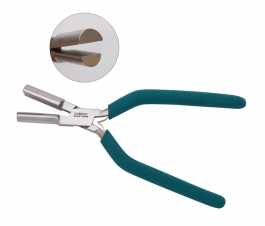 Inspired Wire Creations by Patti Bullard
Inspired Wire Creations by Patti Bullard
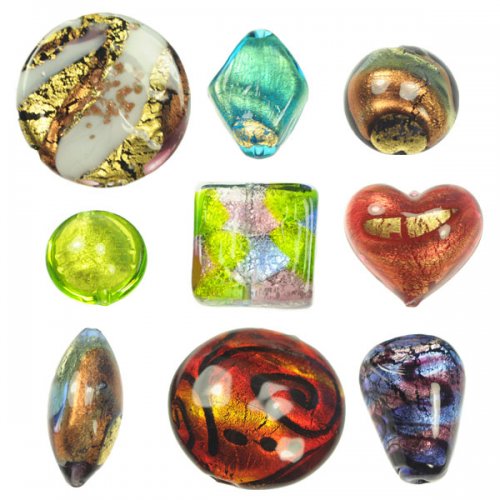 Jewelry Making Design Tips
Jewelry Making Design Tips
 Featured Tool - Sheet Metal Disc Cutter
Featured Tool - Sheet Metal Disc Cutter
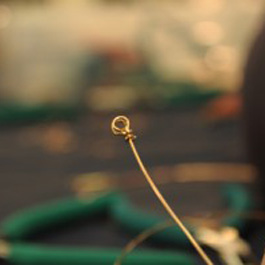 Double Wrapped Loop
Double Wrapped Loop
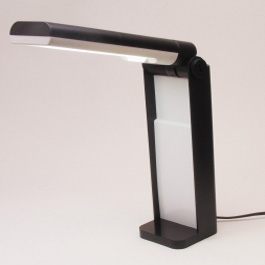 Magnifying Tools
Magnifying Tools
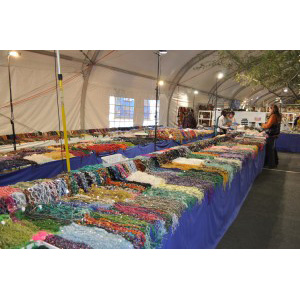 Make Your Own Jewelry to Match Whatever
Make Your Own Jewelry to Match Whatever
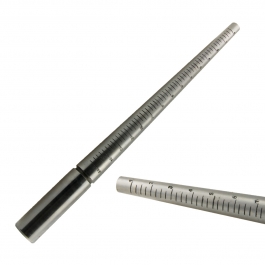 Featured Tool - Mandrels
Featured Tool - Mandrels
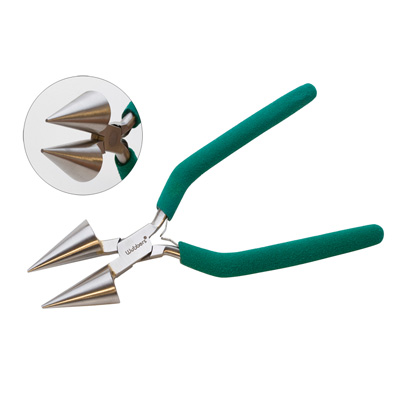 Featured Tool - Jumbo Tapered Round Wubbers
Featured Tool - Jumbo Tapered Round Wubbers
 Planting Trees
Planting Trees
 Pointers To Get The Attention At The Craft Show
Pointers To Get The Attention At The Craft Show
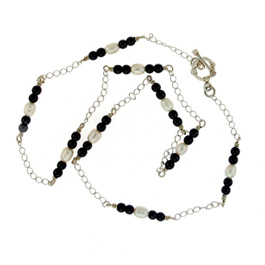 Quick Holiday Gifts
Quick Holiday Gifts
 Spring Cleaning... Ring Cleaning
Spring Cleaning... Ring Cleaning
 Texturing with everyday objects
Texturing with everyday objects
 The Birth of 200 Thousand Jump Rings
The Birth of 200 Thousand Jump Rings
 Tips for Wire Wrapping a Cameo
Tips for Wire Wrapping a Cameo
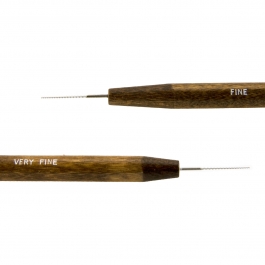 What is a Bead Reamer
What is a Bead Reamer
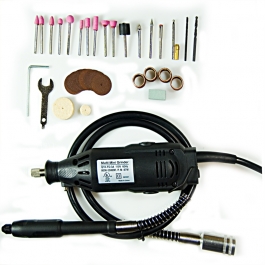 What is a Rotary Tool
What is a Rotary Tool
 What type of Wire Should I Use
What type of Wire Should I Use
 6 InsPIrations for Pi Day
6 InsPIrations for Pi Day
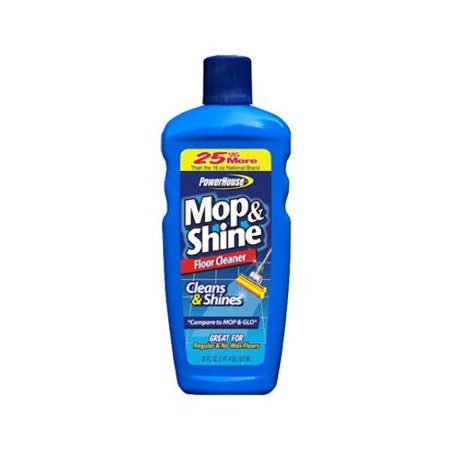 Coating Base Metal Wires to Preserve Shine
Coating Base Metal Wires to Preserve Shine
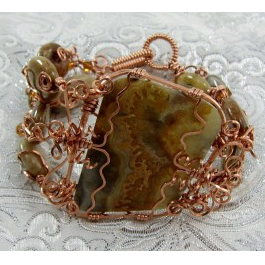 Try, Try Again
Try, Try Again
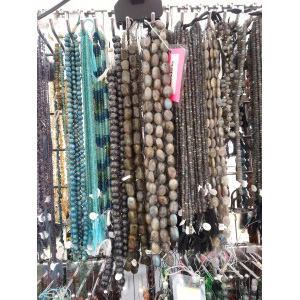 How Many Beads in a Strand
How Many Beads in a Strand
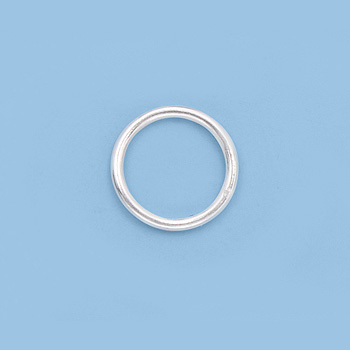 Jump Ring Measurements
Jump Ring Measurements
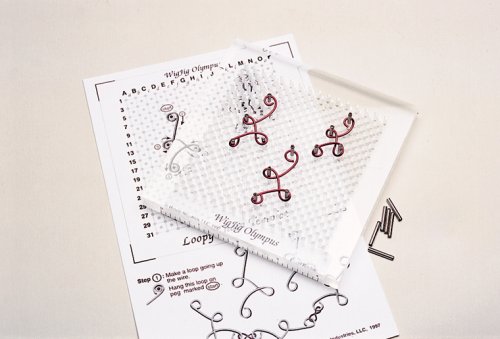 What is a Jig
What is a Jig
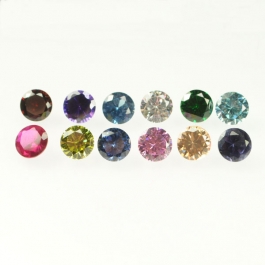 Birthstones and Gemstone Chart
Birthstones and Gemstone Chart
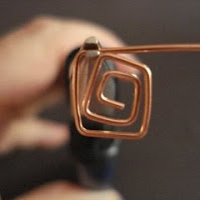 How to Make Square Spirals
How to Make Square Spirals
 111111 Restock Faster with My Account Feature - needs updating
111111 Restock Faster with My Account Feature - needs updating
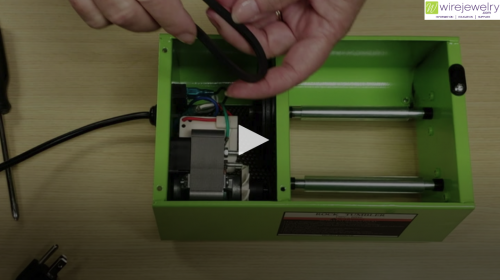 How to change the belt on your Tumbler
How to change the belt on your Tumbler
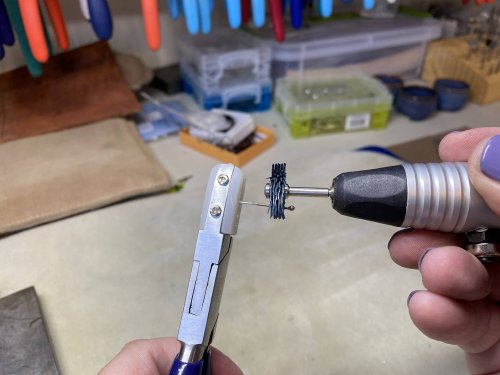 Test Gavin
Test Gavin
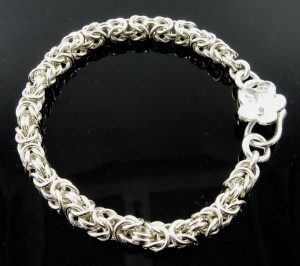 Top 5 Weaves for Chain Mail Beginners
Top 5 Weaves for Chain Mail Beginners
 What Does 14-20 Gold Filled Mean
What Does 14-20 Gold Filled Mean
 Why is my Sterling Silver Magnetic
Why is my Sterling Silver Magnetic
 Brazed Armature Pendant
Brazed Armature Pendant
 Make Perfect Loops Settings For Your Projects with Skewers
Make Perfect Loops Settings For Your Projects with Skewers

